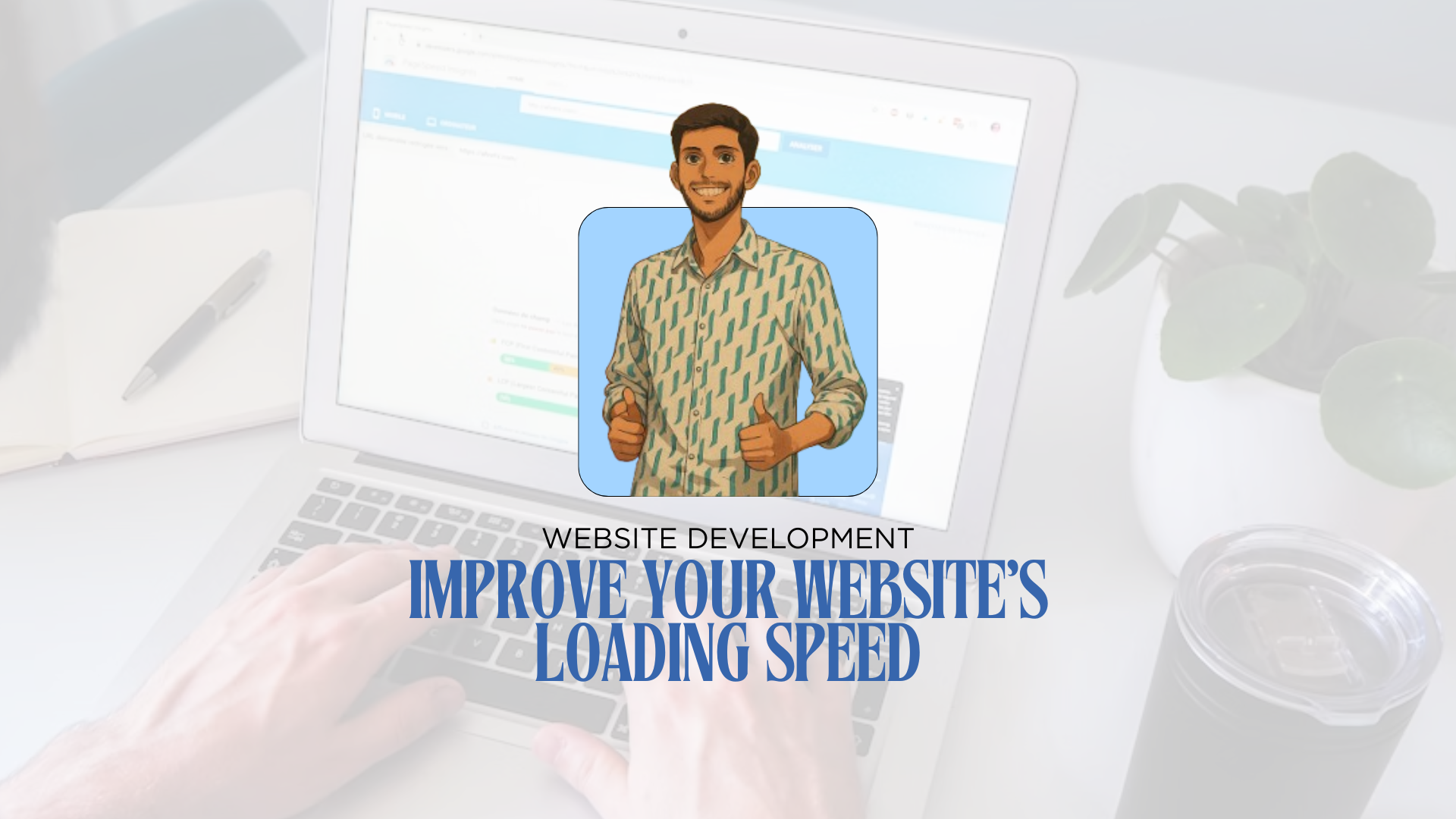Ever clicked on a website, waited for it to load, and thought, “Forget it, I’ll find something else“? You’re not alone. In fact, 53% of mobile users abandon a website that takes longer than 3 seconds to load. And if you’re running a small business or startup, a slow website is more than an inconvenience—it’s a revenue killer.
In this guide, we’re diving into practical ways to boost your website’s speed, which ultimately improves user experience and conversions. It’s not just about technical jargon; it’s about giving you actionable steps to make sure your website works as fast as possible for your customers.
Understanding Website Speed
Think about this: would you wait for five seconds for a website to load when your competitor’s page loads in just two? Probably not, right? A slow website can make potential customers leave before they even see what you offer.
Moreover, search engines like Google also factor in loading speed when ranking websites. A faster website can improve your SEO, helping you rank higher and attract more visitors. So, speed directly influences both customer satisfaction and search rankings.
Common Reasons for Slow Websites
Your website could be slow for several reasons:
- Large Images and Files: High-resolution images can drastically increase load times.
- Unoptimized Code: Bloated CSS and JavaScript files can slow down performance.
- Excessive Plugins: Each plugin adds additional code that must be loaded.
- Server Response Time: A slow server can delay everything that follows.
- Lack of Caching: Without caching, your site must reload everything from scratch every time a user visits.
Actionable Tips to Improve Loading Speed
Let’s get into the juicy details of how you can speed up your site!
1. Test Your Current Speed
Before making changes, find out how fast your website currently is. Use tools like Google PageSpeed Insights, GTmetrix, or Pingdom to check your website loading speed. These tools give you a detailed report on what needs improvement.
2. Optimize Your Images
Large images can slow down your website loading speed. Here’s how to optimize them:
- Compress Images: Use tools like TinyPNG or ImageOptim to reduce file sizes without losing quality.
- Choose the Right Format: Use JPEG for photos and PNG for graphics.
- Use Responsive Images: Ensure your images are the right size for different devices by using the srcset attribute in HTML.
3. Reduce HTTP Requests
Every element on your page (like images, scripts, and styles) creates an HTTP request. More requests mean slower loading. Here’s how to reduce them:
- Combine Files: Merge CSS and JavaScript files to cut down the number of requests.
- Use CSS Sprites: Combine several images into one file to reduce requests.
- Limit External Scripts: Only use necessary third-party scripts like ads or social media buttons.
4. Enable Browser Caching
Browser caching lets browsers save certain elements of your site, making it load faster for returning visitors. To enable caching:
- Set Expiration Dates: Adjust your server settings to tell browsers how long to keep static resources.
- Use Caching Plugins: If you’re on WordPress, try plugins like W3 Total Cache or WP Super Cache for easy caching.
5. Use a Content Delivery Network (CDN)
A CDN stores copies of your site on servers around the world. This helps deliver content to users from the closest server, speeding up loading times. Popular CDNs include Cloudflare and Amazon CloudFront.
6. Clean Up Your Code
Efficient code can boost your website’s loading speed. Here are some tips:
- Minify CSS, JavaScript, and HTML: Remove unnecessary spaces and comments. Tools like UglifyJS can help.
- Defer JavaScript Loading: Load JavaScript files after the main content so they don’t block the page from loading.
7. Upgrade Your Hosting Plan
Sometimes, the issue lies with your hosting provider. If your site is still slow despite making improvements, consider upgrading to a better plan or switching to a more reliable provider.
Conclusion
Improving your website loading speed is vital for keeping customers and attracting new ones. By following these steps, you can create a faster, more user-friendly site that enhances both user experience and your search engine ranking.
Every second counts when it comes to website loading speed. Start making changes today, and see how it impacts your online presence. If you have tips or experiences to share about speeding up your website, leave a comment below! Let’s support each other in this digital journey.





